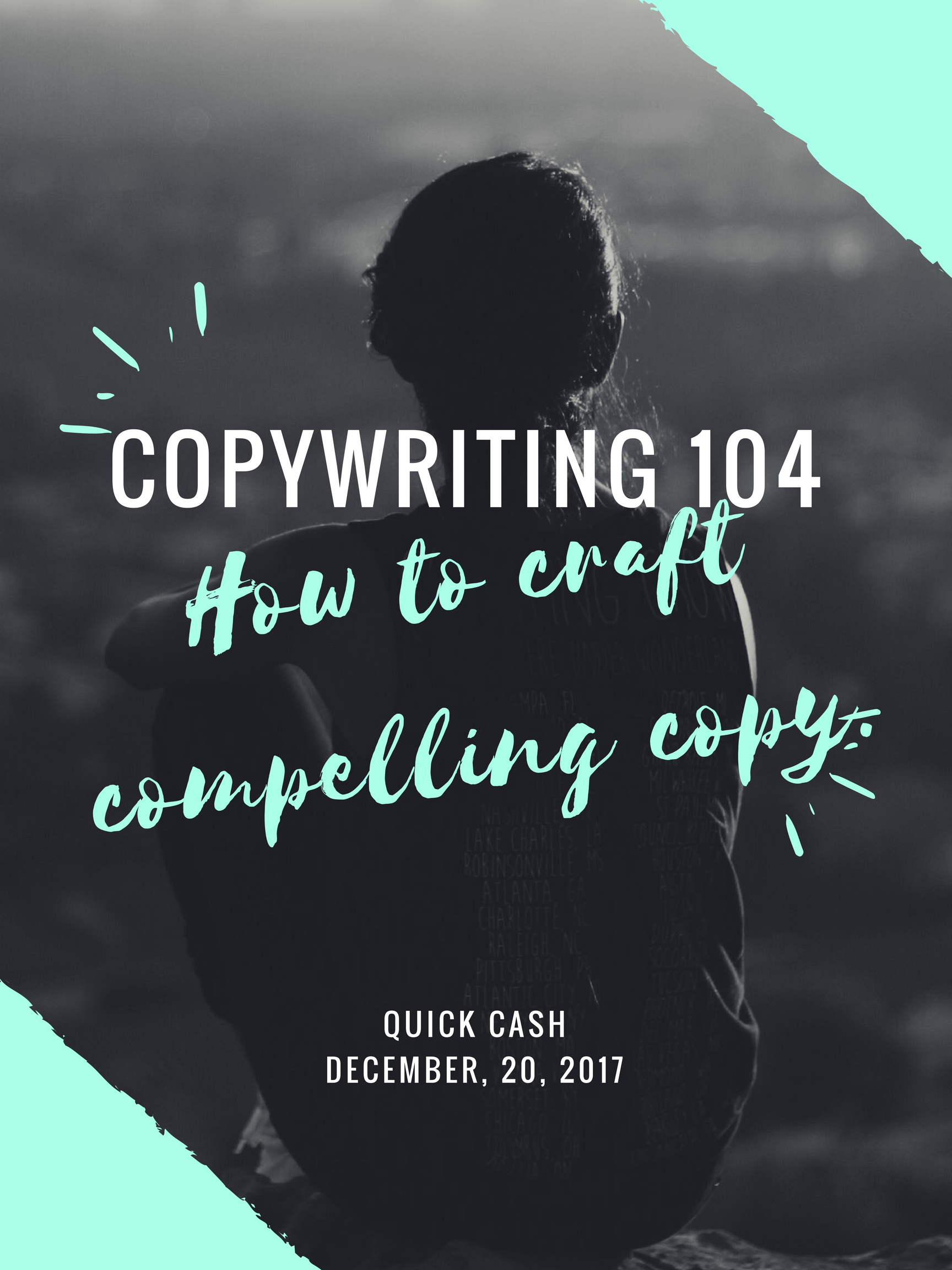How to Write a Profitable blog For Steemit.
.png)
The Structure Of Persuasive Copy
We've seen that the purpose of each element of copy is designed to get the first sentence read, then from there keep the reader engaged step by step to the conclusion.We know to keep things clear, concise and simple so that our writing communicates with ease.
And we definitely understand the make-or-break importance of an attention grabbing headline.
So... how do we then structure our content to be persuasive?
Good content structure is never written in stone, but persuasive copy will do certain things and contain certain elements time and time again. Whether you're writing a sales page, long blog post, or promotional eBook, the flow will determine effectiveness.
Here are some guidelines:
First of all, focus on the reader - make an important promise early on (with your headline and opening paragraphs) that tells the reader what's in for her. Never allow reader's to question why they are bothering to pay attention.
Each separate part of your narrative should have a main ideas (something compelling) and a main purpose (to rile up the reader, to counter an opposing view, etc) Which supports your bigger point and promise. Don't digress, and don't ramble. Stay laser focused.
Be ultra-specif in your assertions, and always make sure to give reasons why."General statements which are unsupported by specif facts cause a reader's BS detector to go on high alert.
Demonstrate large amounts of credibility, using statistics, expert referees, and testimonials as appropriate. You must be authoritative.
After building your credibility and authority, make sure you get back to the most important person --- the reader, what's STILL in it for him? Restate the hook and the promise that got readers engaged in the first place.
Make an offer. Whether you're selling a product or selling an idea, you've got to explicitly present it for acceptance by the reader. Be bold and' firm when you present your offer, and relive the reader's risk of acceptance by standing behind what you say.
Sum everything up, returning full circle to your original promise and demonstrate how you've fulfilled it.
These are some of the key elements of persuasive copy. Use them to provide a "road map" to your writing, and you'll achieve better results.
Now that you know the basics of creating persuasive copy, let's dig into one particular element of copy writing that often trips up beginners -- features and benefits.
Now Featuring Benefits
One of the most repeated rules of compelling copy is to stress benefits, not features. In other words, identify the underlying benefit that teach feature of product or service provides to the prospect, because that's what will prompt the purchase.
This is one rule that always applies, except when it doesn't. we'll look at the exceptions in a bit
Fake Benefits
The idea of highlighting benefits over features seems simple. But it's often tough to do in practice.
Writers often end up with fake benefits instead.
Top copywriter Clayton Makepeace asserts that fake benefits will kill sales copy, so you have to be on the lookout for them in your writing. He uses this headline as an example:
"Balance Blood Sugar Levels Naturally!"
That sounds pretty beneficial, doesn't it? In reality, there's not a single real benefit in the headline.
True Benefits
Makepeace advises to apply his patented "forehead slap" test to see if your copy truly contains a benefit to the reader. In other words, have you ever woken up form a deep sleep, slapped yourself in the forehead, and exclaimed "Man... I need to balance my blood sugar levels naturally!"
It doesn't happen. So getting someone to pull out their wallet to buy that so- called "benefit" will be difficult at best.
Here's how Makepeace identifies the real benefit hidden in that headline:
Nobody really wants to balance their blood sugar levels. But anyone in his or her right mind DOES want to avoid the misery of blindness... cold, numb, painful limbs ... amputation ... and premature death that go along with diabetes.
A high risk person will want to avoid the terrible effects of diabetes. That is the true benefit that the example product offers.
How to Extract True Benefits
So, how do you successfully extract true benefits from features? Here's a four-step process that works:
First, make a list of every feature of your product or service.
Second, ask yourself why each feature is included in the first place.
Third, take the "why" and ask "how" does this connect with the prospect's desires?
Fourth, get to the absolute root of what's in it for the prospect at an emotional level.
Let's look at a product feature for a fictional News Feed Reader app:
Feature:
"Contains an artificial intelligence algorithm."
Why it's there:
"Adds greater utility by adapting and customizing the user's information experience."
What's in it for them:
"Keeps the things you read the most at the forefront when you're in a hurry."
Emotional Root:
"Stay up to date on the things that add value to your life and career, without getting stressed out form information overload."
Getting to the emotional root is crucial for effective consumer sales. But what about business prospects?
Thank You for your interest in this blog post to understand the full story check course 101,102&103 this course is 104!!
Congratulations @quickcash! You have completed some achievement on Steemit and have been rewarded with new badge(s) :
Click on any badge to view your own Board of Honor on SteemitBoard.
For more information about SteemitBoard, click here
If you no longer want to receive notifications, reply to this comment with the word
STOPCongratulations @quickcash! You received a personal award!
You can view your badges on your Steem Board and compare to others on the Steem Ranking
Vote for @Steemitboard as a witness to get one more award and increased upvotes!